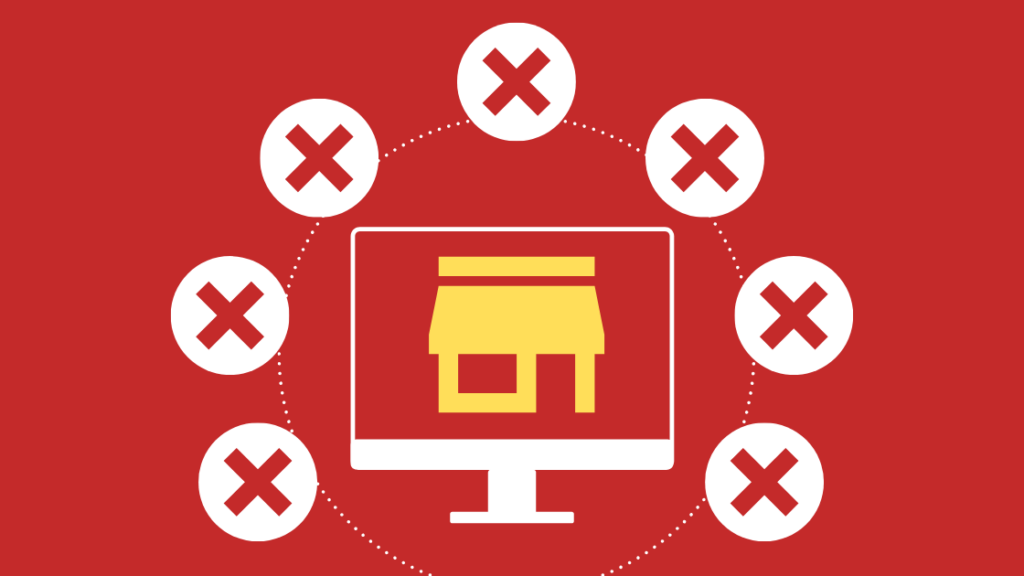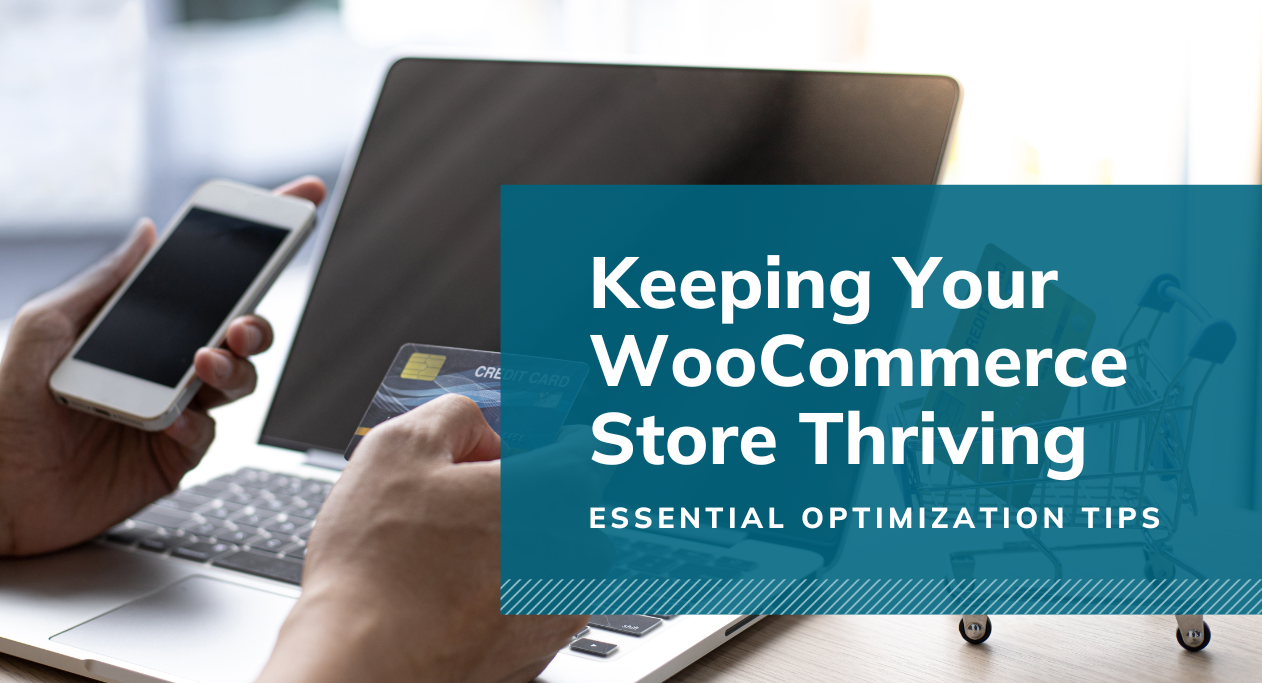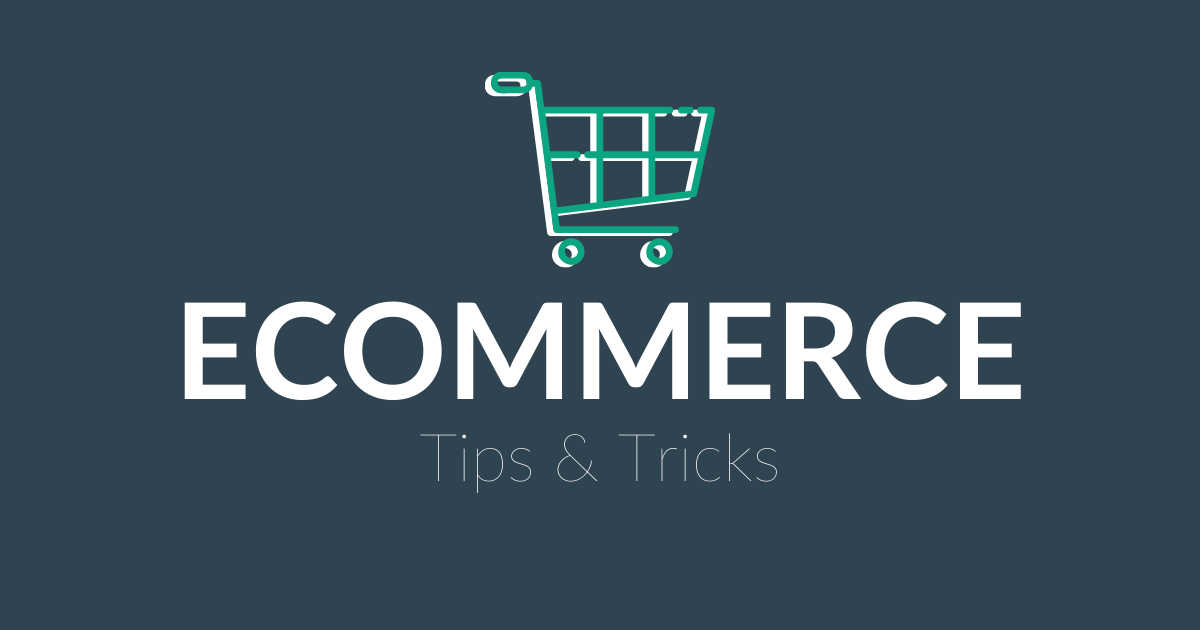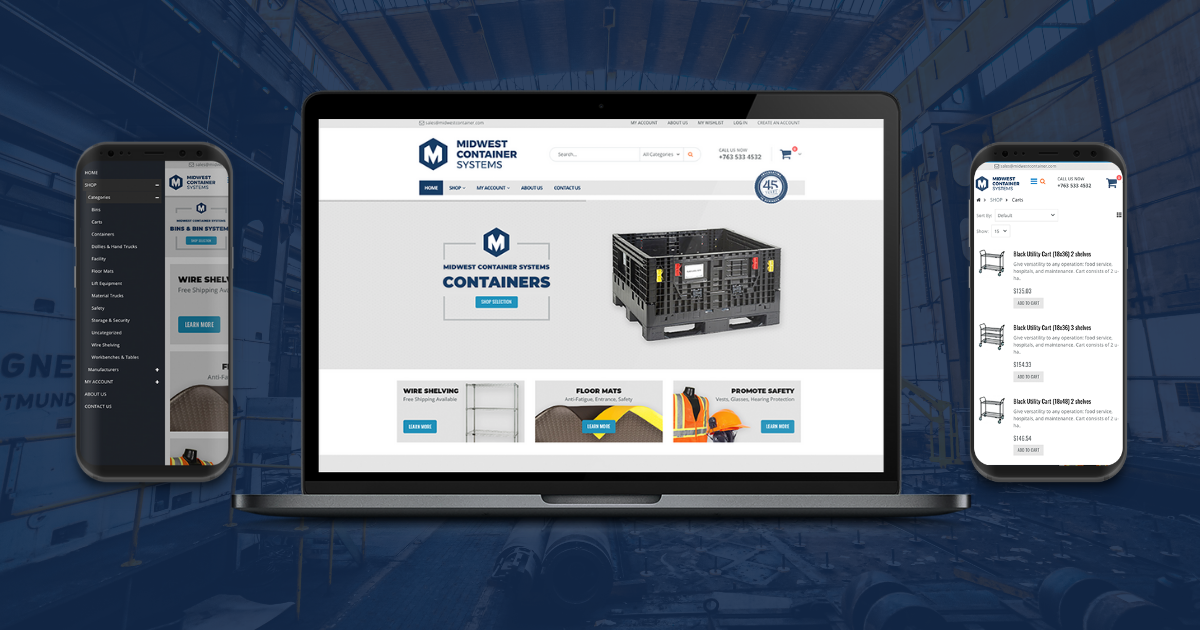What is Ecommerce Fraud?
From selling socks to cameras to boats, your online store is the basis of your business. Customers need to be able to navigate the site to view the products/services, add their selection to the shopping cart, and of course, check out by paying for the items. Yet it is equally important that the business is protected during the customer’s visit by receiving the payment for the products and services they are providing. Although this transaction is not as guaranteed or secure as online business owners would hope.
Ecommerce fraud is when a fraudster commits a crime via an online store by manipulating the transaction process using stolen or scammed credit card information to illegally obtain the product or payment.
An online store is naturally vulnerable to ecommerce fraud since transactions occur without the user being in direct contact, therefore allowing more opportunities for fraudulent activity. Yet, your business can implement strategies that can negate fraud, but the first step is understanding and recognizing the different types of ecommerce fraud. Below is a list of seven types of ecommerce fraud that could affect your online business.
7 Types of Ecommerce Fraud

1. Credit Card Fraud
Credit card fraud is used to describe the act of using a credit card to obtain money that is not rightfully the fraudster. Credit card fraud is not used solely on ecommerce stores although it is a highly prevalent issue faced by many online stores. There are three types of credit card fraud, including friendly fraud, chargeback fraud, and real fraud.
Friendly Fraud
Friendly fraud is when the cardholder disputes a transaction without realizing or remembering they actually authorized the purchase. This is an unintentional act of fraud as the cardholder believes they were wrongfully charged. For example, the cardholder may not recognize the purchase on their credit card statement or they forgot about a recurring payment causing them to file a dispute.
Chargeback Fraud
Chargeback fraud follows the same process as friendly fraud although the cardholder intentionally disputes a transaction that they know they authorized. For example, the fraudster may indicate they never received a delivered package in order to receive the refund or may dispute a purchase after feeling buyer’s remorse.
True Fraud
True fraud is when the fraudster uses a lost or stolen credit card to complete a transaction. Some examples of true fraud are when the fraudster uses a lost card before the cardholder knows it is missing or the fraudster uses the stolen information from a credit card without having the physical card.
Click here to learn more about the three types of credit card fraud and the different ways merchants can prevent them.
2. Clean Fraud
Clean fraud is an example of how credit card fraud can be completed. Clean fraud is when a stolen card and the cardholder’s information is used to complete a purchase yet the transaction appears legitimate because it looks like the actual cardholder made the purchase.
3. Card Testing
Card testing is when the fraudster is testing if the stolen credit card information works and if the card has a limit. Often times the fraudster will make a small purchase to test the validity or to see what information is lacking. If the stolen information is confirmed, the fraudster will use it to make much larger purchases.
4. Refund Fraud
Refund fraud is when the fraudster requests a refund on a purchase yet has the reimbursement sent to a different account or an alternative payment method that they have access to. Therefore the fraudster receives the refund without making the actual purchase.
5. Account Takeover Fraud
Account takeover fraud is when the fraudster obtains a user’s stored account information on an ecommerce store. The account information can be accessed if the fraudster gets ahold of the user’s passwords or personal information which allows the fraudster to make purchases or withdraw funds.
6. Interception Fraud
Interception fraud is when the fraudster uses the credit card’s correct billing and shipping information to make the initial purchases yet tries to intercept the package before the cardholder receives it. This can be perpetuated in multiple different ways, such as requesting the package to be sent to a different address before it is shipped, asking the package to be rerouted once it has shipped, or even taking the package once it has been physically delivered.
7. Triangulation Fraud
Triangulation fraud involves three parties, the fraudster, a shopper, and an ecommerce store. The fraudster sets up a storefront, such as on Amazon or eBay, that appears to be selling legitimate products, yet when the shopper completes a transaction through the fake store, the fraudster uses the collected credit card information to complete additional purchases.
Ecommerce fraud is a distressing reality for online stores that can cost businesses a significant amount of money or even completely dismantle the business. It is important for businesses to understand the different types of ecommerce fraud to be aware of how their online store may be susceptible to fraudulent activity and implement prevention strategies.







